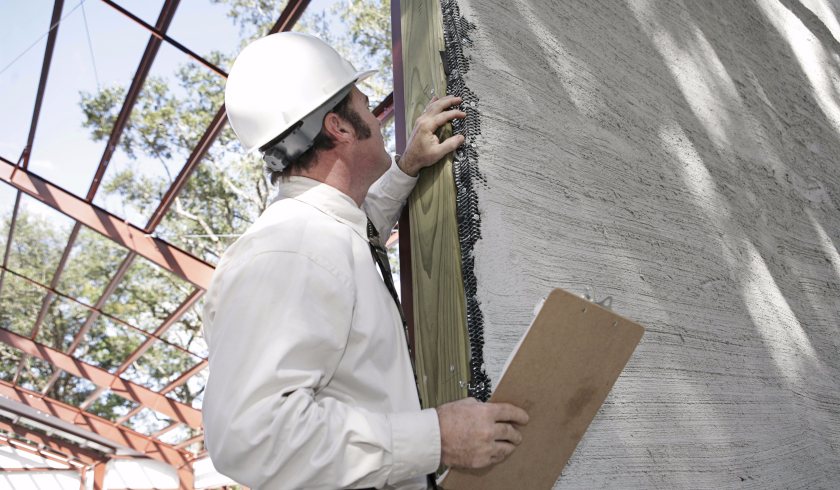How to deal with your rental property’s ‘wear-and-tear’
The whole concept of 'wear-and-tear' has always been a point of conflict between landlords and tenants; even seasoned property managers admit that it’s a difficult topic to discuss as it is “very much a gray area”. But is there a fair way to deal with property maintenance without compromising the needs of any party involved?

According to Smart Property Investment’s Phil Tarrant: "They trashed my joint, I want it repainted,’ and tenants go you knew that I had three kids and a dog and dogs wreck lawns and kids draw pictures on things, so it's all part of things.’ ”
Hard as it may seem to discuss, Managed’s Thom Richards and Nick Bouris said that an understanding between the tenant and the landlord even before the contract has been signed can be helpful in avoiding such conflicts.
Some of the things to consider when renting out a property are:
1. Size of the property
The size and location of the property may dictate the type of people who are going to be living in your property.
Thom explained: “If you've got a four-bedroom terrace, the demographic going to live in your property is most likely going to be a family or four students, but if you look at a one-bedroom in the city it's lived in by a professional. They're very rarely there because they've got a busy life.”
“The difference in the wear-and-tear between those two types of properties [is] going to be quite dramatic,” he added.
2. Age of the property
More things are likely to go wrong the older the property gets, especially if it hasn’t undergone any renovation for quite some time. A property that has been renovated well recently will have everything properly documented, like warranties and other vital information, which will lessen the probability of any unexpected issues arising.
“It is less likely that there is going to be an issue there than if you've got a property that you've just neglected and it's just been sitting stagnant for 10, 15 years without any TLC,” Thom said.
The importance of documentation
In order to avoid any bones of contention when dealing with wear-and-tear, both Thom and Nick suggest having updated documents at your disposal—both for the tenant and the landlord. Before a tenant moves in, go through everything with them, make sure all of it is working and that they are happy about the condition of the property.
According to Thom: “I think the most important thing is just to make sure that you've got the information recorded.”
“A lot of people would just do the handover. They check a few boxes on a standardised form, take a couple of photos, then hand over the keys but it's not really a thorough test or an accurate portrayal of the property's condition.
“I think, going through a little bit more detail in terms of the onboarding process with the tenant is important. If things do come out of the woodwork get them sorted quickly and make sure they're documented as well."
Having documents on hand will also help establish trust, goodwill, and loyalty between the tenant and the landlord, which could be beneficial for both parties in the long run.
Tune in to Thom Richards and Nick Bouris’ episode on The Smart Property Investment Show to know more about the best tools, tactics, and tips to manage your properties and make the most out of your investment.
